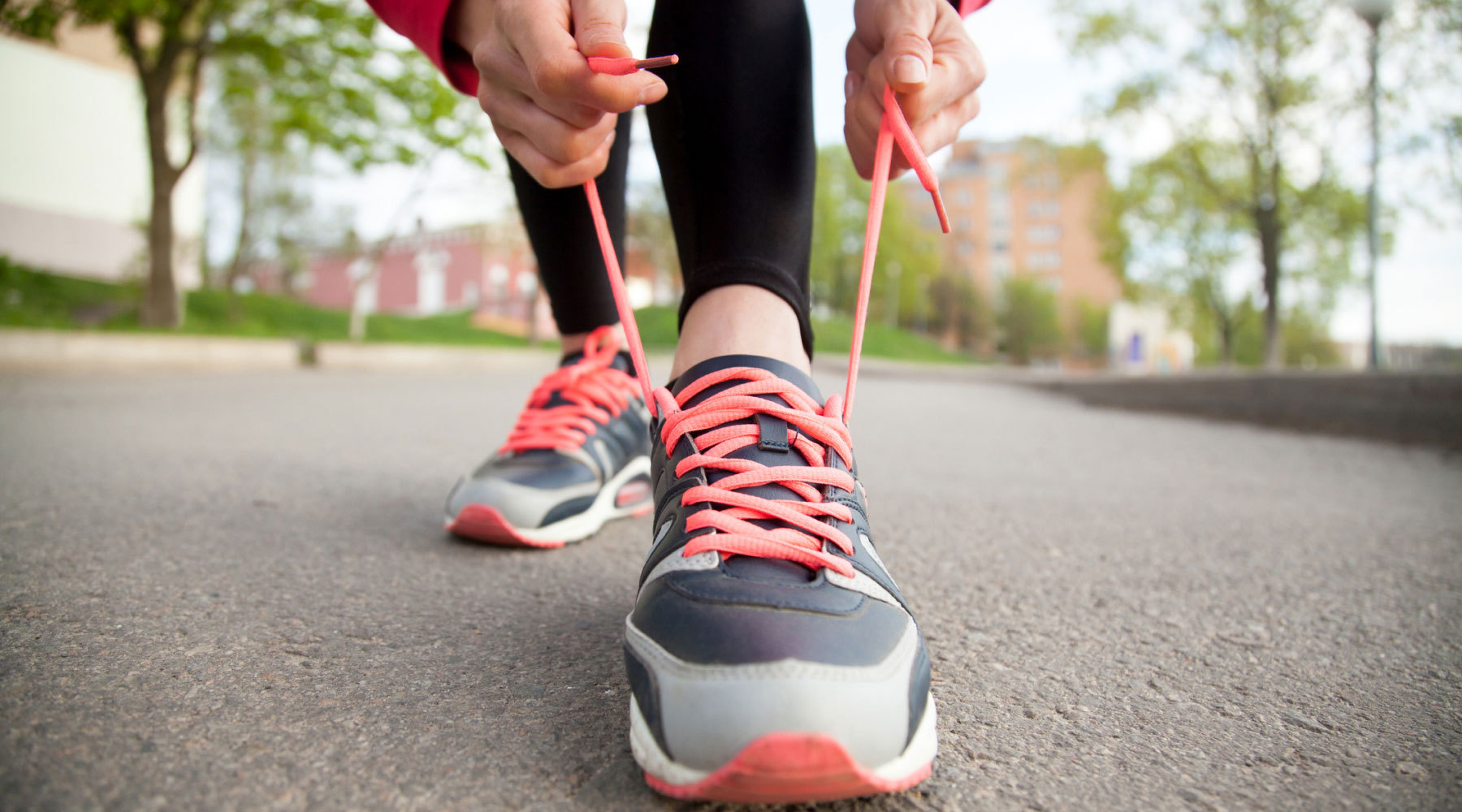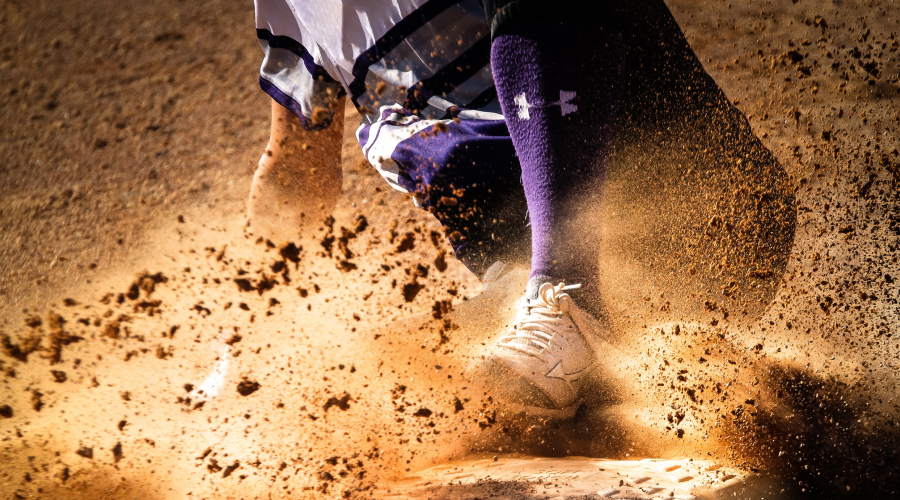
Let’s talk about shoes. Running shoes to be specific. As we ease into fall, cross-country season has commenced at schools across the country. And, even if you’re not running for a school program, you may very well be participating in the annual town Turkey Trot, or just a plain run for running’s sake. Whatever your method, choosing the right running shoe may just be the difference in setting a personal best and/or helping you to avoid injury to your ankles, knees, or shins. In the following dialogue, we’ll discuss how to choose the right running shoes (and why it matters).
Where are you running?
First things first, in plotting how to choose the right running shoes, you need to first position what type of surface your feet are hitting. Are you running on a trail? The road? A track? The type of surface you’re running on will greatly affect the performance of your shoes. If you’re hitting more gravely or root-ridden trails, you’ll want more padding in the sole of your shoes to help protect your feet from constant, uneven impact. This impact will also affect your ankles and knees, so the thickness of the shoe matters greatly.
Know your foot’s gait
What’s my gait, you say? In short, gait is the way you walk and how your limbs maneuver and stretch in your natural stride. The eight phases of the gait cycle are as follows:
- Initial contact
- Loading response
- Midstance
- Terminal stance
- Pre swing
- Initial swing
- Mid swing
- Late swing
The reason gait is important with regard to how you choose the right running shoes is that, depending on your stride and/or how your foot rolls when it hits the surface, you’ll need to consider a shoe that helps remedy any ill effects that may arise from this contact. You can help avoid ankle knee injury by fitting yourself to a shoe that supplies the support you need to alleviate any unique gait characteristics you have.
Looking to find your optimal stride? Learn more about our running evaluations and gait analyses.
Make sure the shoe fits
This may seem obvious, but it’s worth putting out there. When exploring how to choose the right running shoes, you want a shoe that isn’t purchased “with room to grow.” You want your foot to be comfortably in place. Snug but not too snug. The idea is to avoid too much movement, which could lead to ankle twists if you’re “tripping over” your own shoe due to too much give when your foot comes into contact with the aggregate under it. The shoe you choose should fit and feel “right” from the very moment you lace them up. There shouldn’t be a thought of, “well, once they’re broken in, they’ll feel right.”
Shoes are to you what tires are to your car
We know; weird comparison. But, it’s true. If your tire is flat, your car isn’t going very far. If it’s bald, it’s going to skid around on wet surfaces and be an absolute nightmare in the winter. If there’s tread meant for off-road driving, your energy efficiency is going to wane on flat, paved surfaces. The same can be said when it comes to choosing the right running shoes. Consider your goals and where you’re doing your running. Consider your body type and how much “extra rubber” you might need. Your performance (and overall safety) is reliant on sizing yourself up to the proper footwear—the proper tires, if you will.
Recapping the importance of a properly fitted running shoe
Running is a healthy activity to actively participate in, but ensuring you don’t jeopardize your physical health, be sure to know how to choose the right running shoes to keep your run productive and safe. Properly fitted shoes help:
- Cushion the midsole area of your foot from the constant impact of your foot coming into contact with the ground, and whatever aggregate happens to make up said ground
- Provide support for the unique arches of your feet
- Limit stress on the ankles, heels, toes, and knees
- Help prevent injury—not just to your foot, but your knees, legs, and, well, your entire body
- Improve your overall running performance
- Help minimize back and hip pain
- Help to prevent the development of tendonitis, joint pain, stress fractures, and other maladies that can arise
If you do get hurt while running, don’t hesitate to call us at Access Sports Medicine. We’re here to help diagnose whatever you’re bothered with and get you on the road to recovery!


